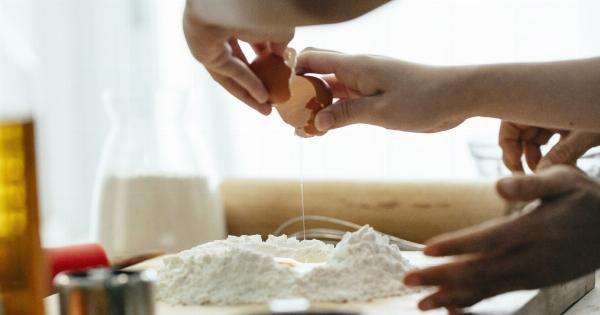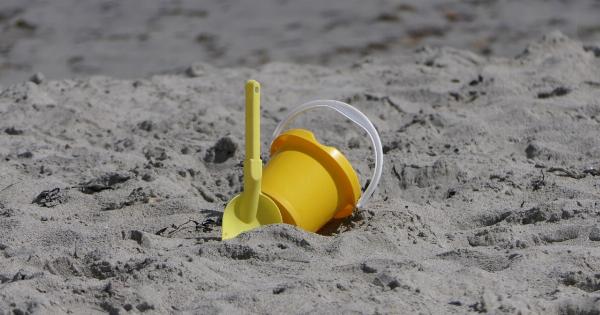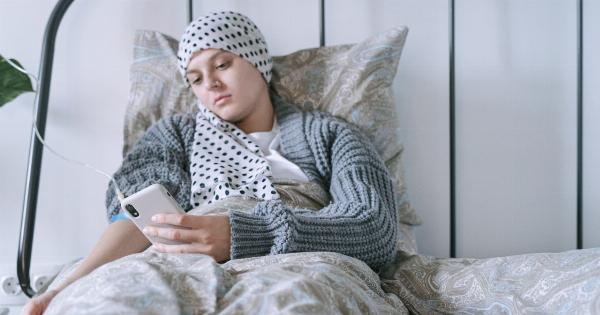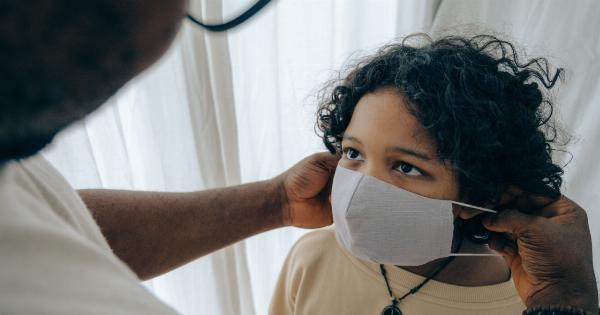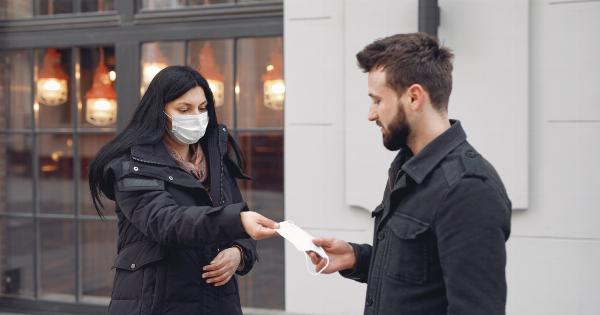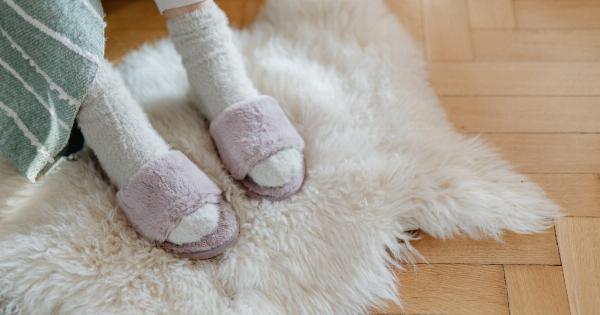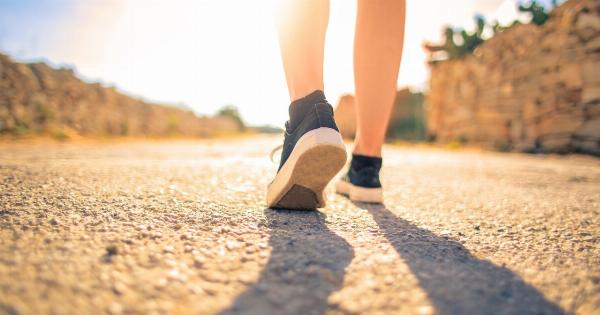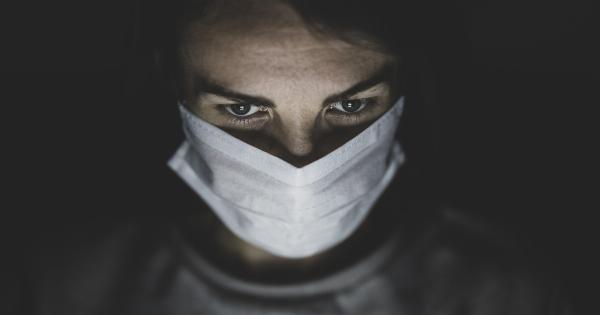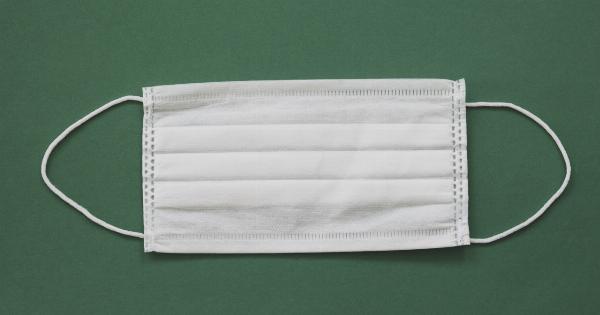Our shoes are the ultimate tool for protecting our feet from various hazards on the ground.
However, have you ever stopped to think about what may be lurking on the soles of your shoes? It turns out that our shoes can carry a plethora of dangerous germs that we unknowingly transport wherever we go. In this article, we will explore the fascinating world of these hidden pathogens and learn how we can protect ourselves from their potential harm.
The Battle of the Bacteria
When we step outside, our shoes come into contact with numerous surfaces. From dirty pavements to public restrooms, they serve as a vessel for transferring all kinds of germs. Among the most common types of bacteria found on shoes are Escherichia coli (E.
coli), Staphylococcus aureus, and fungal spores. Let’s delve deeper into these dangerous pathogens:.
1. Escherichia coli (E. coli)
E. coli is a bacterium commonly found in the intestines of humans and animals. While most strains are harmless, some can cause severe illness, including food poisoning and urinary tract infections. When E.
coli-contaminated surfaces come into contact with shoes, these pathogens can hitch a ride and potentially infect new areas.
2. Staphylococcus aureus
Staphylococcus aureus, or Staph, is a type of bacteria responsible for a wide range of infections. Commonly found on our skin and in our noses, Staph can cause skin infections, pneumonia, and even more serious conditions like sepsis.
Contaminated shoes provide an ideal breeding ground for Staph, allowing them to thrive and spread.
3. Fungal Spores
Fungal spores are another type of germ that can cling to our shoes. The most well-known fungal infection is athlete’s foot, caused by the fungus Trichophyton.
This highly contagious condition affects the skin on our feet, causing itchiness, redness, and blisters. After walking on contaminated floors or in public showers, the spores can easily transfer to our shoes and stick around for quite some time.
The Risk of Cross-Contamination
Now that we know the dangerous germs that can hitch a ride on our shoes, we must consider the risk of cross-contamination. When we wear shoes inside our homes, we unknowingly bring along all the germs accumulated throughout the day.
This can pose a significant threat, especially for those with weakened immune systems, young children, and the elderly.
Moreover, the risk of cross-contamination extends beyond our homes. In public spaces such as hospitals, schools, and gyms, the germs we carry on our shoes can easily spread to others and contaminate common areas.
This cycle of cross-contamination can perpetuate the spread of infectious diseases.
Protecting ourselves from Dangerous Germs
While we may not be able to eliminate all the germs on our shoes entirely, there are steps we can take to minimize the risk of cross-contamination:.
1. Establish a No-Shoes Indoors Policy
Removing your shoes before entering your home can significantly reduce the introduction of germs into your living space. Provide a shoe rack or designated area for shoes near the entrance to encourage guests to follow suit.
2. Clean and Disinfect Regularly
Regularly cleaning and disinfecting your floors and surfaces can help eliminate germs from your home. Additionally, don’t forget to clean the soles of your shoes regularly, especially after walking in high-risk areas.
3. Wash Your Hands
Good hand hygiene is essential in preventing the transmission of germs. Always wash your hands thoroughly after handling your shoes or coming into contact with potentially contaminated surfaces.
4. Use Disinfecting Mats
Placing disinfecting mats or trays near entrances can help kill germs on the soles of shoes before they enter your home. These mats are often filled with a sanitizing solution that effectively eliminates harmful pathogens.
5. Rotate and Air Out Your Shoes
Maintaining proper shoe hygiene also plays a vital role in reducing the risk of germ accumulation.
Allow your shoes to air out between uses and consider rotating them to prevent excessive moisture and odor, which can provide a breeding ground for bacteria and fungi.
6. Be Mindful of High-Risk Areas
Awareness of high-risk areas can help you take appropriate precautions. Public restrooms, swimming pool areas, and gym locker rooms are notorious for harboring germs.
Be extra cautious and consider wearing flip-flops or shower shoes when walking in such locations.
7. Choose Your Footwear Wisely
The material and design of your shoes can also influence the risk of germ accumulation. Opt for footwear made from breathable materials and consider removable insoles that can be washed or replaced regularly.
8. Regularly Replace Old Shoes
Over time, shoes wear out and accumulate bacteria and fungi that are difficult to eradicate. Regularly assess the condition of your shoes and replace them when necessary, especially if they have become damaged or heavily soiled.
Conclusion
While our shoes protect us from many external dangers, they can also unknowingly harbor dangerous germs.
Understanding the types of germs that can potentially lurk on our shoes and following the recommended preventive measures can significantly reduce the risk of cross-contamination. By being mindful and adopting good shoe hygiene habits, we can keep ourselves and those around us safe from these unseen pathogens.


